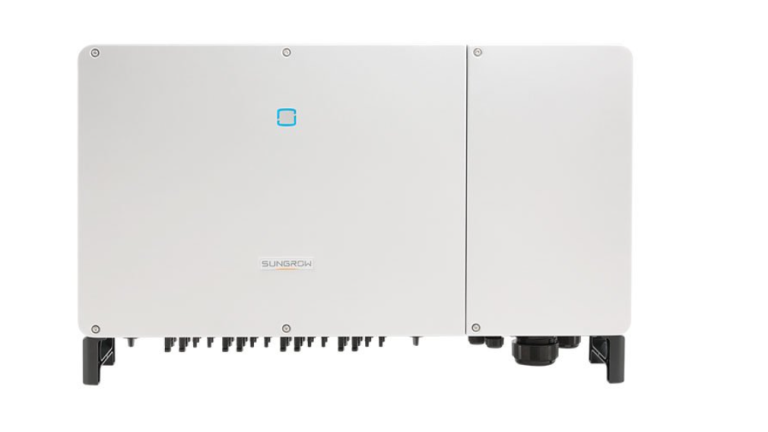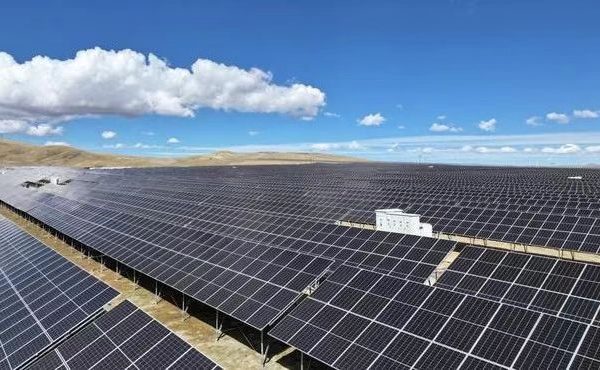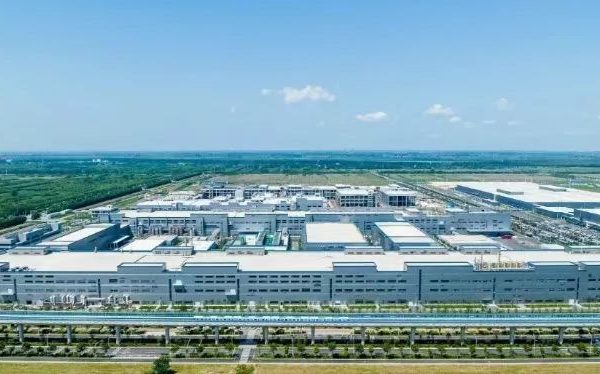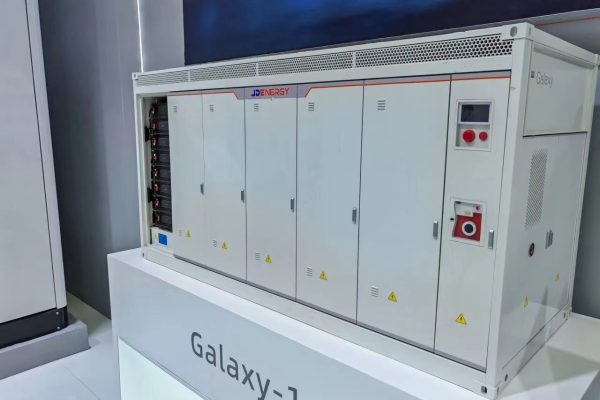Overview As energy prices fluctuate and grid outages become more common, hybrid inverters are emerging as key components in energy-independent systems. Unlike conventional inverters, hybrid inverters can handle both solar and battery inputs, making them suitable for flexible setups.
1. What Is a Hybrid Inverter?
- Combines solar inverter + battery charger + grid interactivity
- Enables real-time switching between solar, battery, and grid sources
2. Key Applications
- Load shifting: Use solar energy during the day and stored battery at night
- Peak shaving: Avoid high time-of-use (TOU) energy rates
- Backup power: Automatically switch to batteries during grid failure
3. Compatibility with Lithium-ion and LFP Batteries
- Most modern hybrid inverters support 48V–400V battery banks
- Seamless integration with BMS (Battery Management System)
4. Grid-Forming Capability
- Enables microgrid operations
- Supports off-grid operation or operation during blackouts
5. Case Example: Small Commercial Installation (50 kW)
- Hybrid inverter allowed backup power during outages
- Reduced grid consumption by 70% in 6 months
Conclusion Hybrid inverters offer unmatched flexibility and are especially suited for customers aiming for grid independence or resilience. Their popularity is set to rise as both solar and storage adoption increase.









